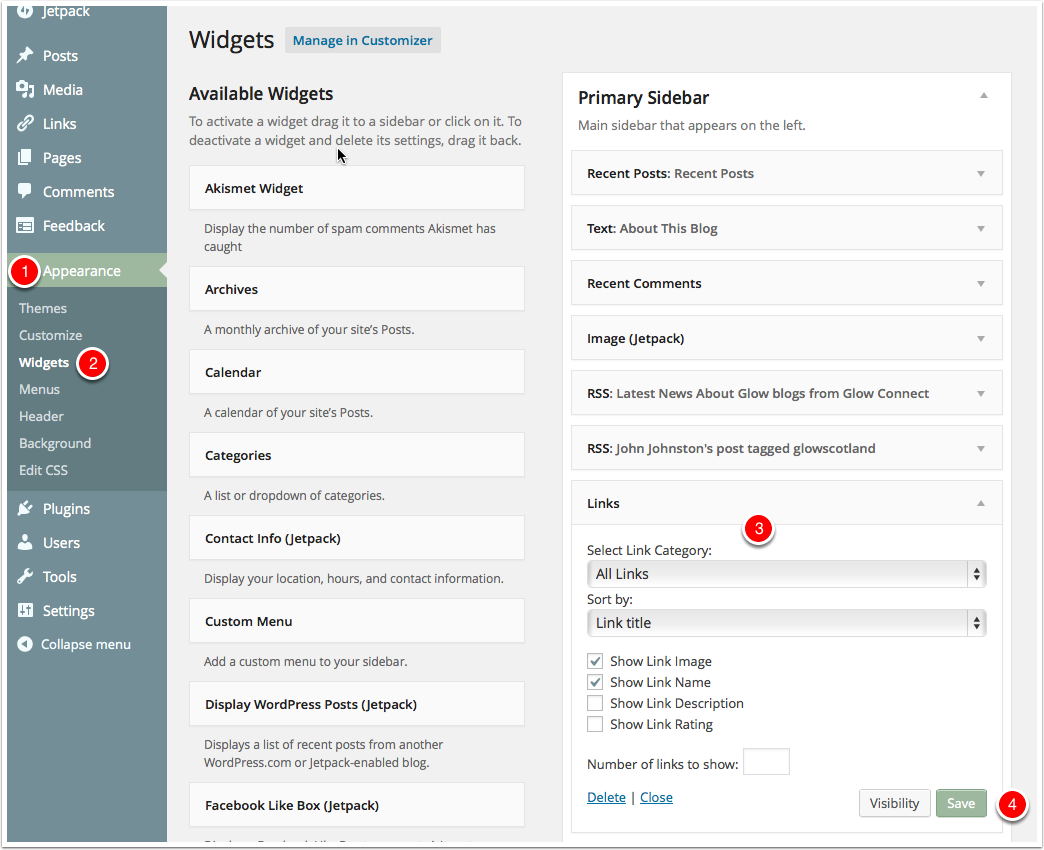

The history and methodology of measureQuick 2.0.MeasureQuick 2.0 also stores a lot more historical data, especially as it relates to the built-in visual inspection checklist. This integration allows you to identify airflow issues much more quickly and easily than before. Jim has also recently worked with the folks at TEC to make MeasureQuick 2.0 compatible with the TrueFlow grid and DG8. The combustion air zone (CAZ) is also important we don’t want contaminants in there, as those could create acids that rot out your furnace components. The filter should block the airstream completely and not allow for any bypass, which could make the secondary heat exchanger, condensate drain, or circuit board dirty. When commissioning a high-efficiency furnace, we should make sure the condensate drain cannot become clogged. Electricity is conducted during the flame rectification process-only in the microamp scale-so a dedicated circuit is crucial to keep it working as it should. MeasureQuick 2.0 provides commissioning instructions and recommends starting with a visual inspection, including the flame rectification system (rod, circuit board, and grounding). Gas furnaces need to be commissioned to reach their maximum potential (and lifespan). MeasureQuick 2.0 has been a collaborative effort between Jim Bergmann and Joe Medosch, and it comes with an upgraded user interface that allows for faster operation and easier system data access and storage, and it works with more tool manufacturers’ tools. Jim Bergmann returns to the podcast to talk about furnace commissioning procedures and the development of measureQuick 2.0. It also shows why micron gauges can seem finicky. It's also why very small changes can make such a huge difference in the micron reading on a micron gauge. This explanation shows why pulling a deep vacuum is done in microns it's a very fine measurement that provides very detailed results. That is why a lower number in the micron vacuum scale equals a better/deeper vacuum a higher number equals a worse/less deep vacuum. In the micron vacuum scale, we start at 760,000 microns at sea-level atmospheric pressure and work down towards a perfect vacuum of 0 microns or 0″ Hg.

One inch of mercury (Hg) is equal to 25,400 microns (of mercury). It goes down to -29.92 because it is PSIG, not PSIA. So, when the suction/compound/blue gauge goes into a vacuum, it reads in the “negative” Hg scale. When we read pressure as a tech with a gauge, we read it in PSIG, which means it is already set to zero at 14.7 PSIA and 29.92″ Hg. Therefore, a perfect vacuum can be thought of as 0 Hg, although a “perfect” vacuum can never be achieved. The force of the atmosphere around us is equal to 29.92 inches of mercury (Hg) or 14.7 PSIA. (We will use “Hg where applicable for the remainder of this article.)ġ” Hg is equal to. We often represent the unit “inches of mercury” with the abbreviation inHg or “Hg.

“Inches of mercury” is a more rough measure of pressure, usually vacuum or even barometric pressure or altitude. In fact, a micron is one millionth of a meter of mercury displacement. Larger units of measure are better suited for higher pressure and greater differentials smaller units of measure are better suited for lower pressures or smaller, more critical differentials.Ī micron of mercury (or micron) is a very small/fine unit of measure related to the displacement of a mercury column by atmospheric pressure, thus the distance part. The trick is knowing which is best suited for which and the size of the scale. REALLY, it is a measurement of distance.įirst, any scale CAN be used to measure vacuum (negative pressure) and positive pressure. To answer the question in the title, we use it as a measurement of pressure.


 0 kommentar(er)
0 kommentar(er)
